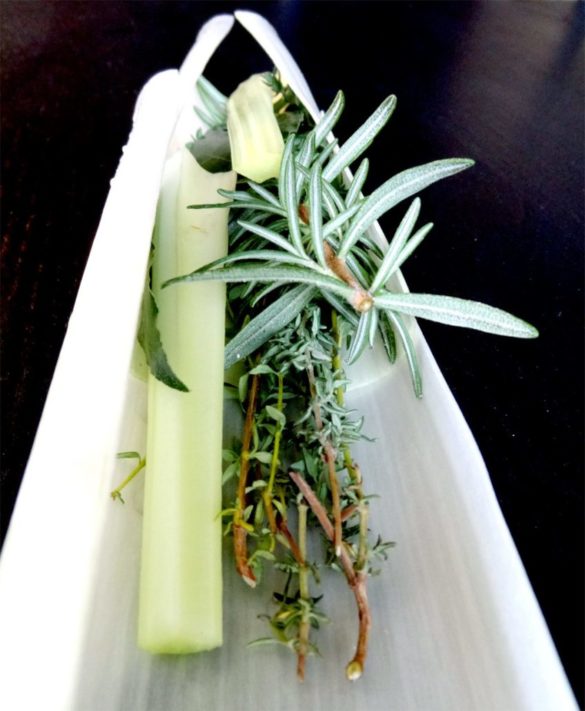Introduction:
Making stock can be a right royal pain in the derriere – the concept I initially struggled with was spending hours cooking something that was not going to be eaten straight away. The roasting, boiling, skimming, simmering, filtering, chilling, skimming, filtering… and for what? For liquid gold, that is what. And that is why the struggle was only initial because when I discovered the potential of home-made stock it became a culinary pleasure; a necessity; a vital part of flavour in the kitchen.
Lamb stock is amazing. Reduced down to a glace (when a stock is reduced to 10% of its original volume) or demi-glace (stock is reduced to 25-40% of its original volume) you end up with a wonderfully rich sauce which can transform the nice into the incredible; something I believe is used in the armoury of good chefs to elevate their food into the heavenly.
I really like to understand why things happen and what happens when cooking and have recently been interested in stocks. Have you ever wondered why red meat stocks are cooked for much longer than chicken or fish stocks? Why does the fat that aggregates at the surface of a stock have very little taste yet we know that the fat in marbled steak contains a lot of flavour? What is the initial foam that accumulates on the surface and why should it be skimmed?
Quick answers to these questions:
Red meat bones are more robust than chicken, which are more robust than fish. Apart from compounds that are easily extracted from the connective tissues in red meat when making stock there is another process that occurs. This process is the break down (hydrolysis) of collagen, the main protein of connective tissue, to components such as gelatine. This break down requires prolonged exposure to heat (simmering), usually for a few hours. Apart from the other ingredients, such as herbs and vegetables, this breakdown of the connective tissue is what imparts the wonderful flavour to stock. In addition, the browning of the bones prior to simmering promotes the Maillard reaction (breakdown of surface proteins) which adds significant flavour to the stock.
Regarding the tasteless fat on the surface of the stock – usually flavour components are fat soluble or water soluble (there are chemicals to help components dissolve in both, but that’s getting too much into chemistry!). It is believed that the compounds that are extracted during the simmering and breaking down of the collagen in stock are water soluble so dissolve in the water and not the fat; hence tasteless fat. When cooking steak the collagen and fat is not heated long enough to break down so the flavour remains in the fat.
And that foam at the surface of the stock – these are proteins that broken down and then coagulate and form the foam. They don’t add any value to the stock, and need to be removed especially if you are making a clear stock, such as a consommé.
There is a whole science around what happens when making stock which I have only just scratched the surface of. However, the bottom line is that whatever wizardry happens during the cooking, a great stock should be on hand…and here’s your chance now to make yourself a super little lamb stock.






